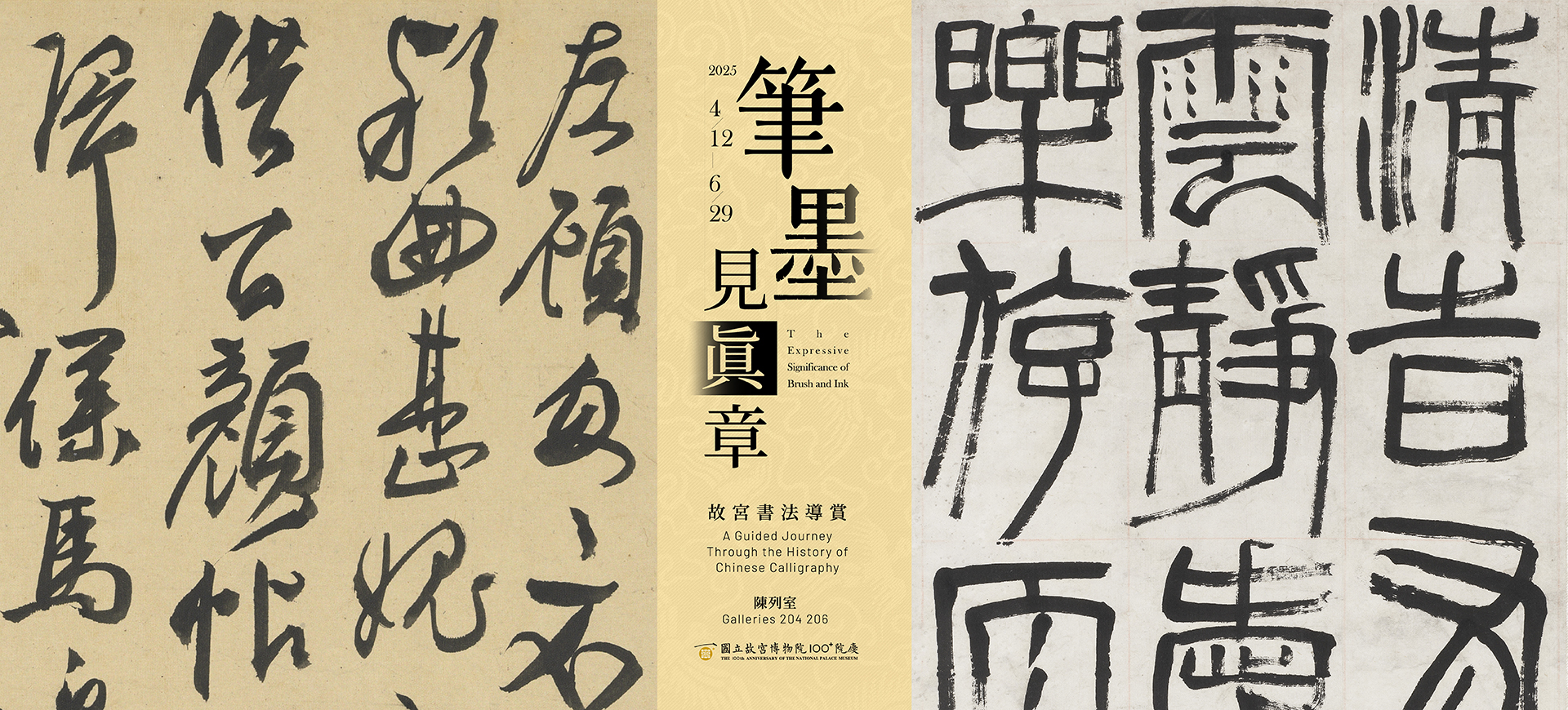Selections
-
Liu Zhongshi Letter
Yan Zhenqing, Tang Dynasty
Paper
購書000858Yan Zhenqing (709-785) was known as an upright and loyal official. He is famed for his masterful calligraphy, which has stood the test of time . “Letter to Liu Zhongshi" is unsigned and undated. Researchers assign the work to 775, based on the letter's content, which describes the rebel general Lu Ziqi's siege of Yingzhou and capture by General Sheli (probably Wang Wujun), Wu Xiguang's surrender, and Liu Zhongshi's appointment to serve as an official in Yingzhou, events attested to in Tang dynasty histories. A rare example of Yan Zhenqing's large-character cursive script, the work is listed in the Northern Song dynasty "Xuanhe Calligraphy Collection." Colophons inscribed by Yuan dynasty and Ming dynasty literati appear on the last appended leaf, but the work was never part of the Qing Imperial Palace Collection. The National Palace Museum acquired the piece in 1973.
-
Transcription of a Poem by Su Shi
Zhang Zhao, Qing Dynasty
Silk
故書000543Zhang Zhao (1691-1745) was a native of Lou County (now Songjiang City, Shanghai). He passed the highest imperial examination in 1709 and served as an official during the reigns of the Qing Kangxi and Qianlong emperors. His brush writing was influenced by master calligraphers such as Dong Qichang (1555-1636), Mi Fu (1051-1108), Su Shi (1037-1101), Yang Ningshi (873-954), and Yan Zhenqing (709-785). Stylistically, his calligraphy resembles Wang Xizhi’s (303-361) work. This scroll is a transcription of a poem written by Su Shi based on Tao Yuanming's poetic essay, “Return to the Countryside.” Although the inscription attributes the work to Yuan dynasty calligrapher Zhao Mengfu, the characters are full and rounded, characteristics associated with Zhang Zhao's style.
-
Poem in Running Script
Liu Yong, Qing Dynasty
Paper
贈書000141Liu Yong (1719-1805) was a native of Zhucheng, Shandong province. He passed the imperial examination in 1751 and served as an official during the Qianlong reign. Although he studied the work of many master calligraphers, he was most profoundly influenced by Yan Zhenqing (709-785) and Su Shi (1037-1101). According to Qing dynasty prince Yongxing (1752-1823), Liu Yong was 83 years old when he completed the work. The calligrapher used the center of the brush tip throughout, producing rich, lithe lines, conveying a sense of strength and restraint. The poem and the calligraphy complement each other, enhancing the work's beauty. The scroll was donated by the brothers Tan Boyu and Tan Jifu.


